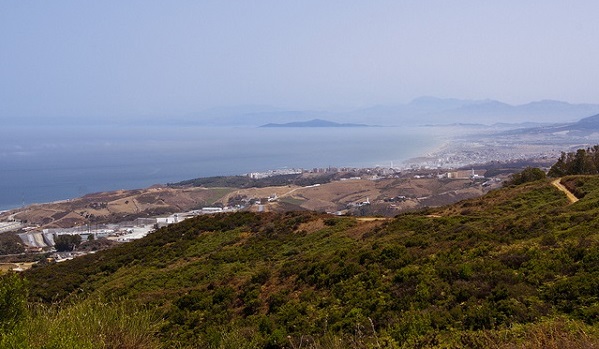In the frame of increased cooperation with Morocco, Spain reduces rescue operations in the Med and pushes migrants and refugees to attempt more dangerous journeys.
In their efforts to half the number of irregular arrivals in Spain, Spanish authorities only rescue in national territorial waters, transferring responsibility for Moroccan SAR zone to the Moroccan Royal Navy, which takes the rescued migrants back to their departure. As another part of the policy change, maritime authorities no longer actively search for boats in distress but only leave from their bases if they have been alerted, which could lead to delayed assistance for migrants in distress.
Prior to 2019, Spain was known for its extensive lifesaving operations in the Mediterranean. Fulfilling its obligations under the Search and Rescue Convention, 50,000 people were rescued by Spanish maritime authorities, a third of which in the Moroccan SAR territory. After Italy closed its harbours in 2018, the migratory route through Morocco into Spain recorded 65,000 irregular arrivals. In response, the Spanish government of Pedro Sánchez changed their Search and Rescue (SAR) approach in the Mediterranean and increased cooperation with Morocco to curb irregular arrivals. Until August 2019 arrivals dropped by a 39% compared to the same period in 2018.
“The Spanish sea rescue was a flagship model for the whole of Europe,” states the Spanish Commission for refugees (CEAR). According to CEAR, an increased death rate of migrants at sea shows that the new strategy is failing. In June, 22 people drowned along the western route.
Morocco received €140 million from the EU and an additional €30 million from Spain to control its borders and conduct rescue operations in the Mediterranean. Moroccan security forces intensified the number of raids, forced transfers and deportations. Rabat and Madrid also reactivated a bilateral agreement that allows quick returns of migrants to Moroccan territory. As a result, people resort to new routes, which are longer, harder, more expensive and more dangerous.
According to the International Organisation for Migration (IOM), until mid-August, 208 people died or disappeared during the crossing to Spain, that is one out of every 100 people who attempt the journey.
For further information:
- ECRE, 52 People Jump Fence into Melilla while 40 Arrested, May 2019
- ECRE, Situation Worsens for Migrants on Western Mediterranean Route, June 2019
- ECRE, EU Report Links Drop in Arrivals to Spanish Moroccan Cooperation, May 2019
- ECRE, Op-ed: The Rights of Minors – UN Condemns Spain’s Push-Backs and Demands Legal Amendments, March 2019
- ECRE, 34 refugees die waiting more than 24 hours as ships sinks off the coast of Morocco, 5 October 2018
- ECRE, Op-ed: Cooperation with Morocco in the EU’s African Border – a laboratory of externalization 12th January 2018
- AIDA, Country report Spain, Update 2018, March 2019
Photo: (CC) José Saéz, July 2012
This article appeared in the ECRE Weekly Bulletin . You can subscribe to the Weekly Bulletin here.

